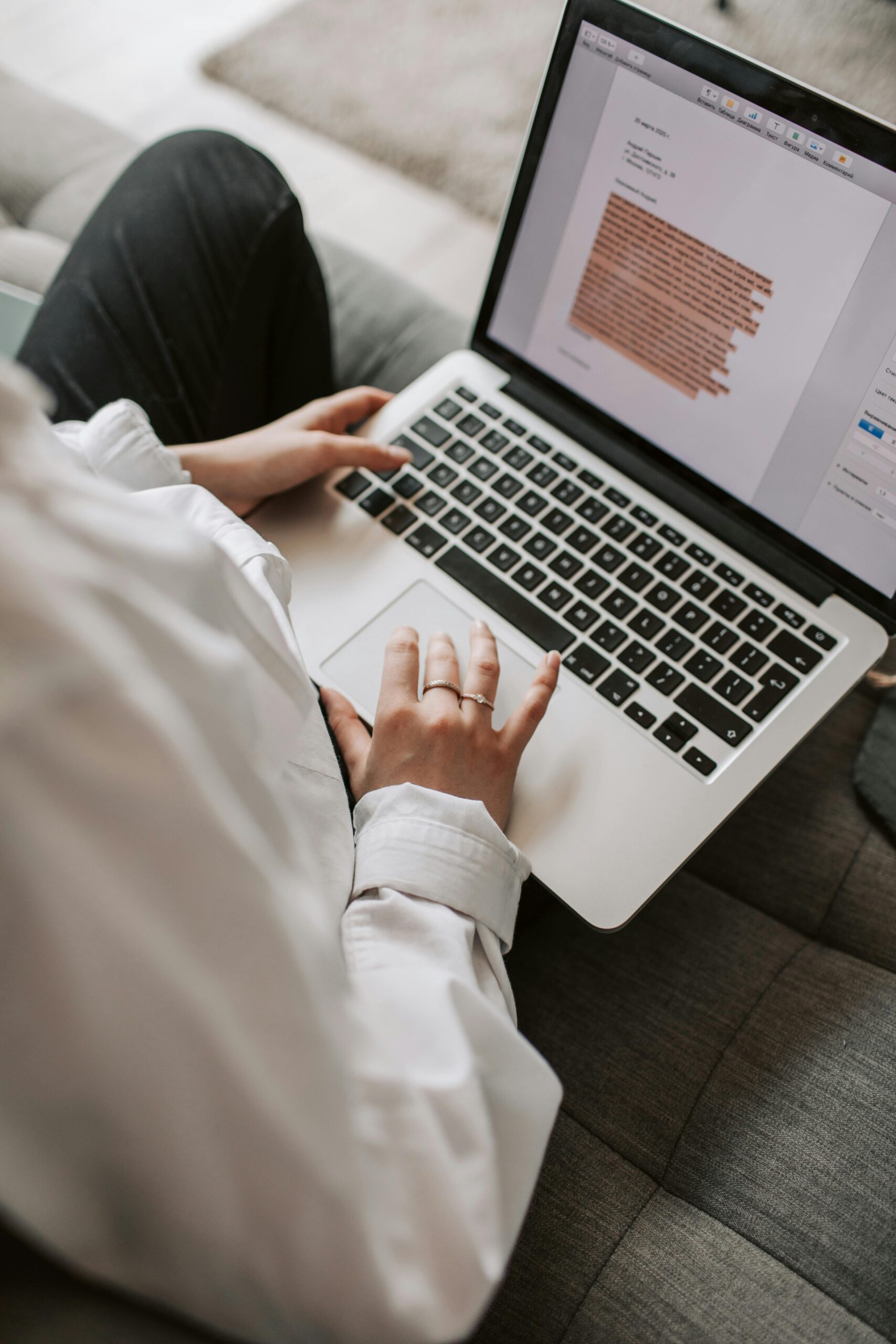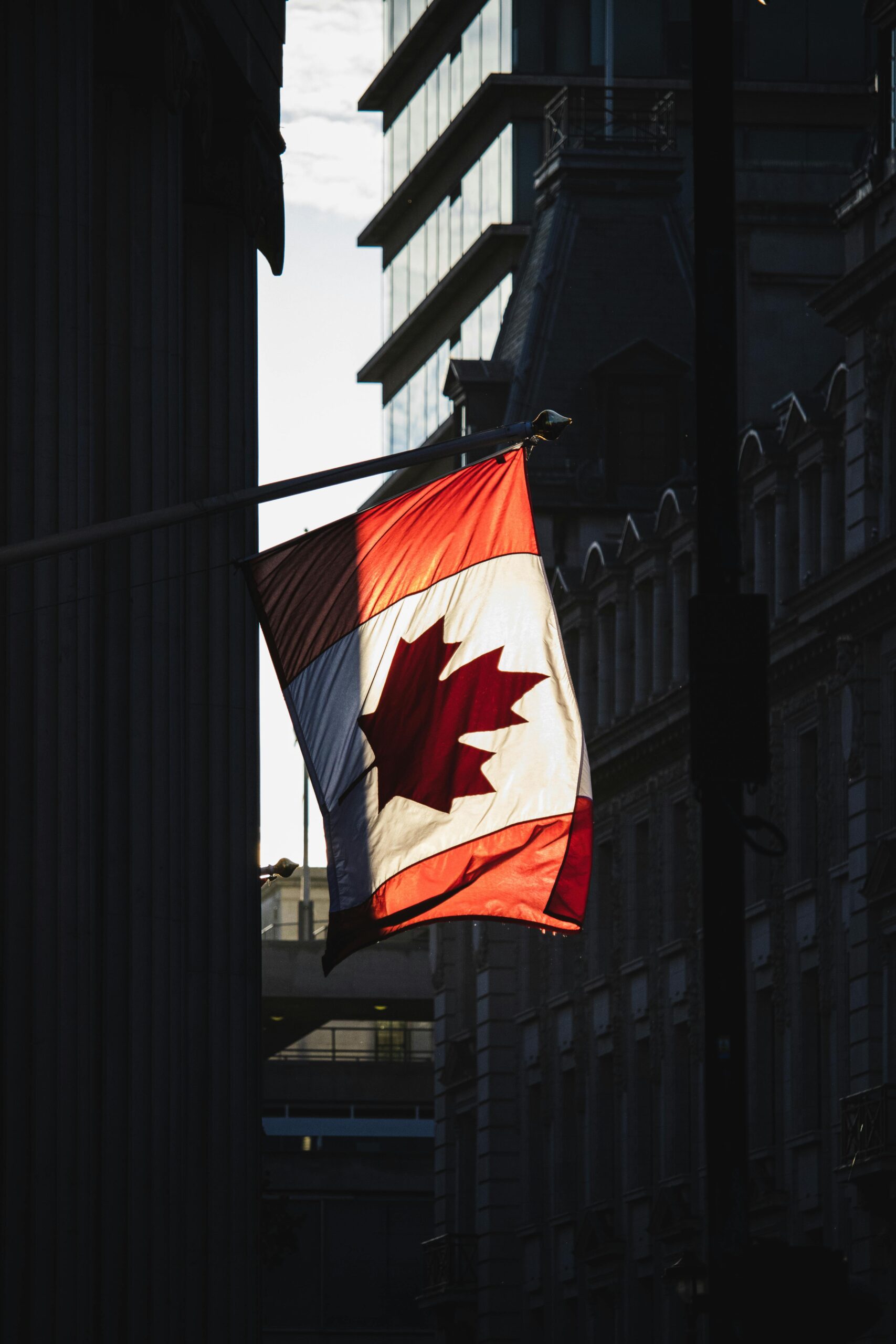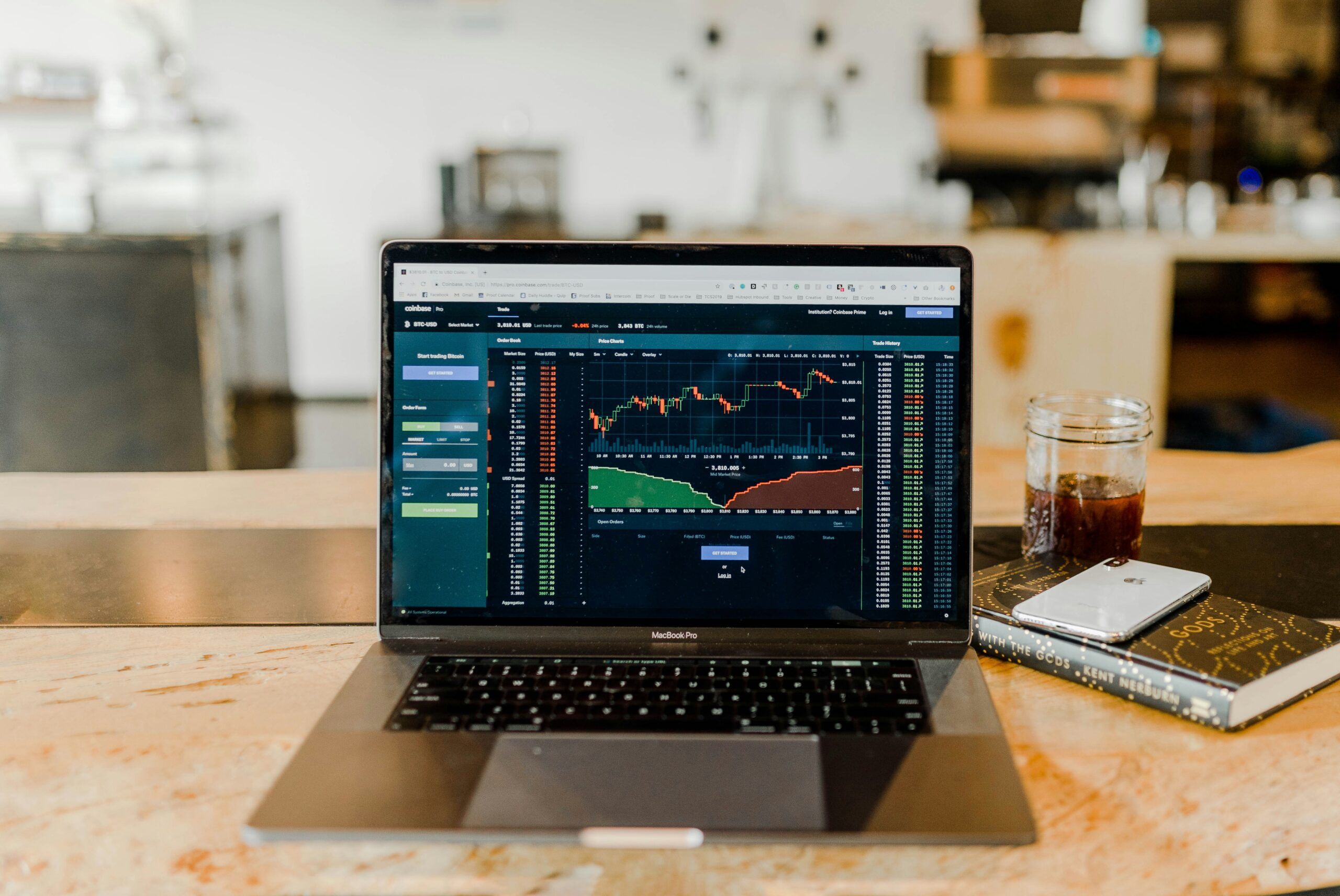WorldTrade IA: when technology becomes a lever for economic development

WorldTrade IA: when technology becomes a lever for economic development
October 9, 2025 | WorldTrade IA
International trade has grown increasingly complex over the decades. Intermediaries have multiplied, markets have fragmented, and the distance between producers and buyers has widened. Yet, at its core, trade remains nothing more than an exchange of needs.
Before platforms and logistics chains existed, trade was based on simple gestures. In many parts of the world, people would gather at a market by the river, offering what they had and leaving with what they lacked. There were no algorithms or contracts — only the clarity of a real need and the tangible value of a product.
WorldTrade IA draws inspiration from that very logic. Technology doesn’t replace trade — it brings it back to its essence: directly connecting those who have something to offer with those who need it.
From the river to the network
Times have changed, and so have the tools.
Today, goods no longer travel on men’s backs, but the intentions remain the same.
We no longer follow the river, but a global network where exchanges flow at the speed of data.
WorldTrade IA operates as a digital marketplace built on the principles of modern barter.
Each company, institution, and country deposits its “packages” — not in baskets or boats, but on a clear, accessible, and universal interface.
Products, services, and needs become visible, comparable, and interconnected.
Technology handles the sorting: it observes, analyzes, and suggests matches.
But the exchange remains human — decided by people who know what they seek and recognize the value of what they find.
A tool for economic development
WorldTrade IA is not just another commercial listing website.
It is a structured economic development tool designed to help companies, institutions, and governments build real, measurable business relationships.
For SMEs, the platform acts as an accelerator. It provides access to foreign markets without costly intermediaries, trade fairs, or endless procedures. Each profile becomes an optimized showcase — translated, categorized, and connected to potential buyers around the world.
For chambers of commerce and regional authorities, it serves as a strategic dashboard. They can visualize active exporting businesses, track sector trends, identify local needs, and measure economic impact.
For developing countries, WorldTrade IA becomes a lever of sovereignty. It allows them to present their production, key sectors, and talents without going through international intermediaries. Each country regains control of its economic image.
Data at the service of decision-making
In business, intuition remains essential — but it must rely on facts. WorldTrade IA combines data precision with human interpretation. Artificial intelligence plays the role of an observer: detecting compatibilities, anticipating trends, and signaling opportunities.
This approach doesn’t aim to automate trade but to enlighten decision-making. It helps leaders understand where to act, when to invest, and with whom to collaborate. Technology here isn’t a filter — it’s a mirror of reality.
The human factor, always central
No data, no matter how precise, can replace trust.
That’s why WorldTrade IA relies on a network of local ambassadors present in multiple countries.
These field actors validate information, support businesses, bridge cultural differences, and facilitate connections.
They represent the human dimension of the platform — ensuring that every contact has meaning and that every relationship is rooted in real-world value.
AI saves time; ambassadors give that time its worth.
A reality observed in the field
After attending numerous business fairs, one thing always stands out: even in the most developed countries, companies face the same obstacles.
You often hear the same phrases:
“I don’t have distributors in other countries.”
“I don’t have a team for outreach.”
These words often come from well-established companies, strong in their local markets.
Now imagine the situation in developing countries.
The realities there are just as present — sometimes even heavier — but the quality of the products discovered is often extraordinary.
Authentic know-how, natural resources, sustainable manufacturing — everything needed to attract global markets, but without the tools to be heard.
That’s where WorldTrade IA finds its purpose: to make these products visible, these businesses accessible, and these exchanges possible — without size or location becoming a barrier.
Because global economic development begins with one simple principle: giving everyone the chance to be seen.
A more readable global economy
By combining the precision of data with the richness of human relationships, WorldTrade IA helps make global trade more readable, transparent, and accessible.
It doesn’t aim to revolutionize everything — only to restore meaning where complexity has taken over.
Yesterday’s market was built on a word given.
Today’s market relies on data shared.
In both cases, the goal remains the same: to circulate value where it’s needed most.
WorldTrade IA doesn’t turn trade into a numbers game.
It turns it into a lever for development — local, regional, and global — serving those who create, produce, and drive their communities forward.
Our blog expert








